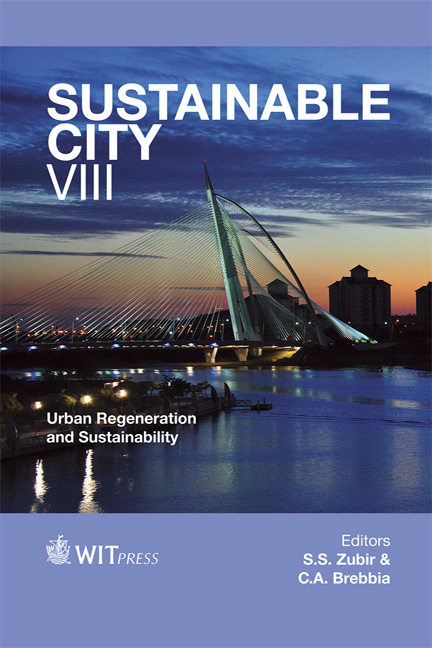What Make Cities Sustainable? Barcelona And Istanbul
Price
Free (open access)
Transaction
Volume
179
Pages
12
Page Range
109 - 120
Published
2013
Size
634 kb
Paper DOI
10.2495/SC130091
Copyright
WIT Press
Author(s)
Ç. C. Türkyılmaz
Abstract
Barcelona has been one of the most active cities of the world over the last 20 years in terms of urban planning. From the first changes in the 1980s to today, it has been seen that Barcelona meets the new economic, social and cultural requirements of a rapidly changing world and proceeds step by step to be one of the world’s leading cities. Istanbul, one of the most dynamic cities of the world, has been rated among Rome, Barcelona, Amsterdam, Paris and London as a leading city of Europe. Today, the city of Istanbul is considered an international brand image, especially after serving as the 2010 European Capital of Culture. While several public space projects have been produced for Istanbul, most of them have important problematic features particularly with regard to applicability. In this study, some urban public spaces projects from Barcelona and Istanbul are selected as case studies. Selected projects are examined from the standpoint of the essential features of sustainable urban public spaces. These can be explained as follows: • Identity; all physical, social, cultural aspects of spaces and its relation with the city, • Accessibility and permeability; physical, visual and symbolic accessibility, the degree of easiness in the circulation of space, • Multi-functionality; to combine different functions, • Flexibility; to meet different requirements of users, to facilitate different activities. The chosen projects are Maremagnum and Diagonal Mar from Barcelona, Meydan and Santralistanbul from Istanbul. The reasons for selection of these projects are to make an important contribution of the sustainable urban development of their areas.
Keywords
sustainability, Barcelona, Istanbul, Maremagnum, Diagonal Mar, Meydan, Santralistanbul





